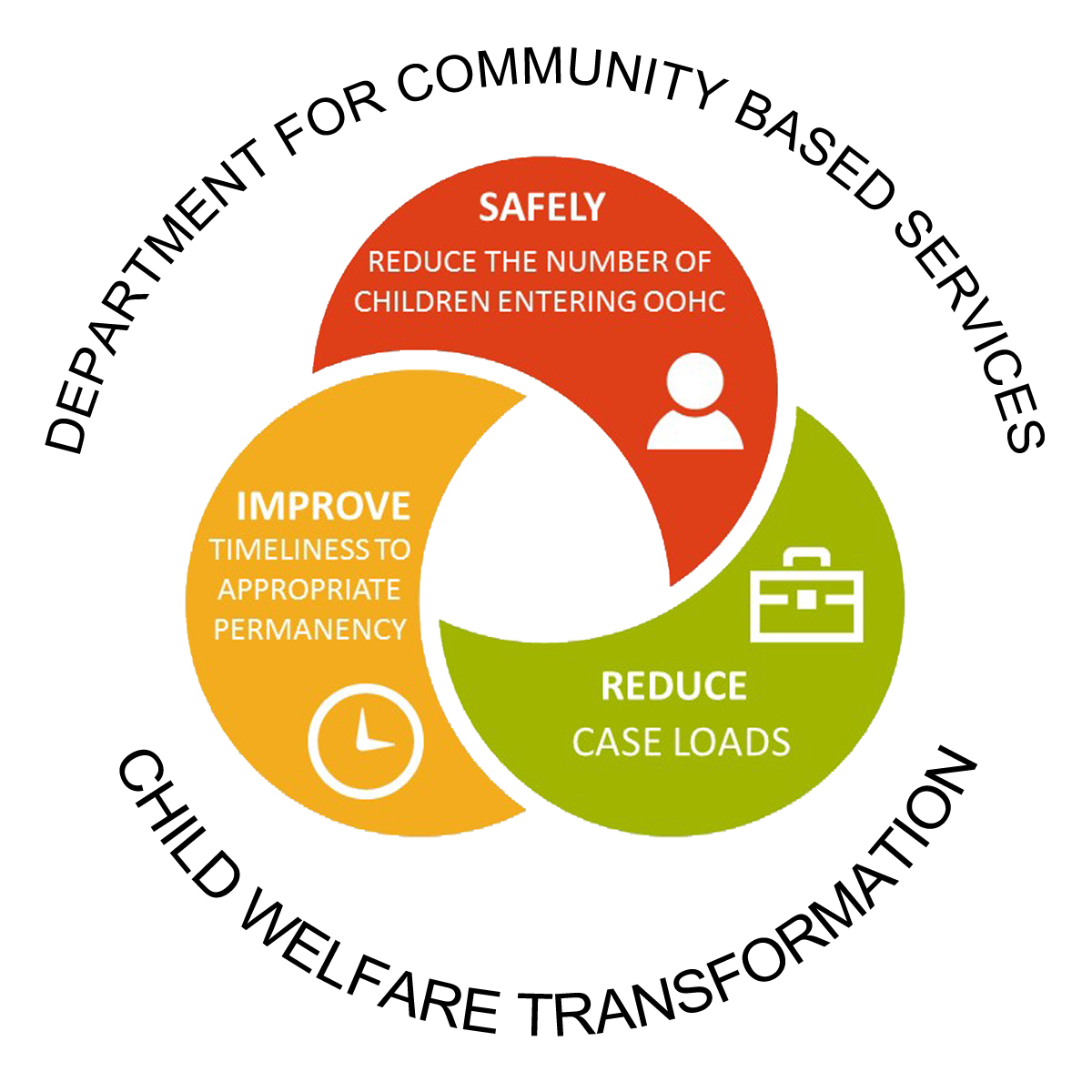 The Kentucky Cabinet for Health and Family Services recently publicly announced the federal government’s acceptance of the Kentucky Family First Prevention Plan. The Department for Community Based Services and others who have been awaiting patiently for approval quickly cheered and then went back to work. We at Kentucky Youth Advocates wanted to take a moment to pause and properly celebrate the major piece of the Child Welfare Transformation pie that will lend to keeping more kids safely in homes and in family settings.
The Kentucky Cabinet for Health and Family Services recently publicly announced the federal government’s acceptance of the Kentucky Family First Prevention Plan. The Department for Community Based Services and others who have been awaiting patiently for approval quickly cheered and then went back to work. We at Kentucky Youth Advocates wanted to take a moment to pause and properly celebrate the major piece of the Child Welfare Transformation pie that will lend to keeping more kids safely in homes and in family settings.
Check out this video, featuring CHFS Secretary Eric Friedlander and the federal Family First Act Lead Jessica Brown, to learn more.
What’s in the “plan”?
The Title IV-E Prevention Plan outlines the work that Kentucky intends to do, upon approval, to implement the prevention services that align with the federal Family First Prevention Services Act.
Population
Kentucky identified two populations who are candidates for prevention services:
1) Children who are determined to be candidates for foster care who meet one of the following criteria:
-
- A victim of substantiated maltreatment in which existing safety and risk factors can be mitigated by provision of in-home services
- A child for whom maltreatment has not been substantiated, however, moderate to severe risk factors for maltreatment are present and services are necessary to prevent maltreatment and subsequent entry into foster care
- A child who has recently been reunified for whom services to the family will mitigate identified risks, preventing further maltreatment and re-entry into care
2) Pregnant and parenting youth.
Services
The services identified to be delivered to get to the overall goals of the federal Family First Act and the Child Welfare Transformation are services that the state provides in part already. This include the Sobriety Treatment and Recovery Teams (START) program, Kentucky Strengthening Ties and Empowering Parents (K-STEP), Family Preservation Program (FPP), and other discrete evidence-based programs that address mental health, substance abuse, and in-home parenting training. These prevention-focused services are especially important as Kentuckians continually experience the stress and physical isolation associated with the COVID-19 pandemic.
Implementation: What does it mean for Kentucky’s kids and families?
While DCBS has said that the implementation will be more akin to water dripping from a faucet rather than turning the hose all the way on, they now have the green light to slowly open the valve and utilize federal funding for partial reimbursement of services provided.
Evidence-based Programs
In Kentucky we will begin to see, and have already seen, a greater emphasis on keeping kids at home with their families with appropriate services whenever possible. That will be done by incorporating the evidence-based programs approved in the plan. There is also a clear plan for the services provided to be monitored and evaluated.
Family First Liaisons
Family First liaisons are a strategy DCBS is utilizing to promote implementation of the prevention plan. Family First liaisons are regional experts with knowledge of the federal legislation and the implications for implementation within the Kentucky child welfare context. Per the plan, “the Family First liaisons will be available to provide consultation and support to regional child welfare staff across a wide range of policy and practice issues, including candidacy determination or redetermination of candidacy, model selection, model fidelity, and performance monitoring.”
Child Welfare Workforce Training and Support
In their plan, DCBS discussed the importance of those who serve children and families to be trauma-informed. All clinicians and service array providers will receive trauma training. DCBS also discussed the development of learning opportunities for the public agency providers and the private provider community with a focus on a shared knowledge base and peer-learning opportunities.
What should we start to see?
The overall goals of the Child Welfare Transformation are the following:
- Reduce the number of children entering out-of-home care
- Reduce case loads
- Improve timeliness to appropriate permanency
 This means that as the work is implemented, the overall goals should start to see movement. We know this will take time and there are other factors that influence those components outside of the Family First Act, though the implementation of the prevention plan should be moving them in the right direction.
This means that as the work is implemented, the overall goals should start to see movement. We know this will take time and there are other factors that influence those components outside of the Family First Act, though the implementation of the prevention plan should be moving them in the right direction.
How can you get involved?
- Check out the Family First Communication and Advocacy Toolkit: https://kyyouth.org/family-first/
- Read Kentucky’s Family First Prevention Plan






Leave A Comment